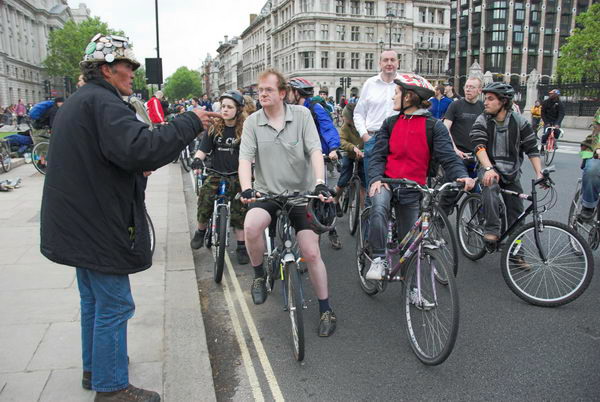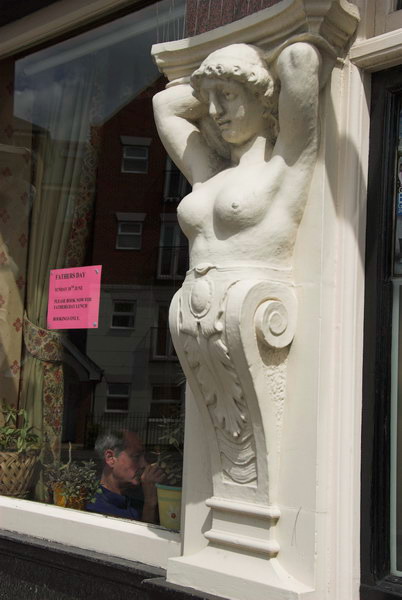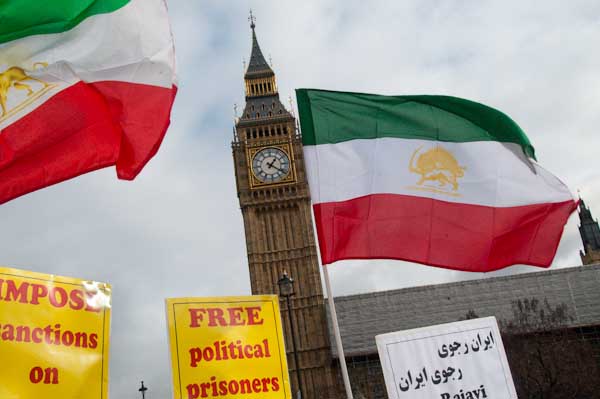Last night’s meeting of the London Photographers Branch of the NUJ was an interesting one, with the union’s General Secretary Jeremy Dear asking for our thoughts about the looming threat of orphan works legislation in the Digital Economy Bill and a panel debate with Martin Argles, Kelvin Bruce and John Harris, chaired by Jess Hurd.
The two subjects are of course linked, in that the present clauses in the Bill currently being considered in Parliament very much threaten our future ability to control copyright and make a living.
One body that thinks we are making a fuss over nothing is the Intellectual Property Office (IPO) a part of the government’s Department for Business, Innovation & Skills . Their grasp of the subject is clearly demonstrated when, according to a report on page 4 of this week’s British Journal of Photography (BJP) by Oliver Laurent, told him that any photographer could opt out of imaging licensing schemes that would allow usage of “orphan images” by phoning or e-mailing the licensing body.
The rather obvious flaw is that we are talking about images where by definition the photographer who created them is not known to the licensing body, so there is no way that they can exclude the images of any particular photographer. The only thing you could opt out of is payment for images that have been used through the scheme!
The IPO also think that any licensing scheme would not apply to images found online, whereas it seems fairly clear that this is by far the main source of such images and one that is most unlikely to remain untapped for any length of time by image users.
Although the proposal as it stands is a disaster, the idea of a body such as the Design and Artists Copyright Society (DACS) being able to licence the use of images whose copyright owner has not been determined is actually a good one, and could actually be a useful source of income for photographers. But there do need to be proper safeguards to protect our interests. Here are some of the points I think are vital:
- there needs to be a clear and proper definition of the kind of ‘diligent search’ that has to be made before any image can be treated as an orphan image;
- fees charge for usage of orphan images need to reflect the going commercial rates for the usage (which would be passed on to the claimant if a claim is made), plus an additional fee to cover the expenses of the licensing body;
- all images licensed for use need to be displayed in a suitable way on a web site published by the licensing body so that photographers may readily search this to find when their images have been used so they can make a claim;
- that firm action should be taken against any bodies which remove metadata from images as a matter of course when putting work on line;
- that attribution for photographers should become mandatory for all printed and electronic media.
I think that legislation should also look again at the problem of photographers getting redress for any use of images without consent, and provide simplified processes and some greater sanction against unauthorised usage. At the moment there actually is probably little or no incentive for publishers to bother to licence orphan images.
The panel debate brought up some interesting points (and it was recorded and is now available on the London Photographers Branch web site) but I think failed to grasp the magnitude of the changes that are currently happening.
Martin Argles did tell us that the”official” line for The Guardian management was that print is dead and that the future is on the web, and we all know that the local press has already effectively disappeared in many parts of the country (there are still a few real local papers.) But I don’t think that the discussion really took these changes on board, nor the growth of citizen journalism and blogging.
But so far the web has failed to generate the kind of revenue needed to support the press as we know it, and in particular the kind of fees that we know are needed to keep photographers in business. The real problem with the web is also one of its great strengths, that content is almost entirely available free.
Some sites of course make money through the sale of goods, and others through advertising, traditionally the support for print newspapers and magazines. It’s proved hard to make enough, though I worked and made a reasonable part of my living through an advertising-supported commercial site for around 8 years. It isn’t a model I particularly like as it does very much distort what gets published – as we’ve seen in our newspapers and magazines over the years, driving us into the yards of drivel dribble over celebrities and sport that passes for news in most papers.
I’m not sure that the kind of subscription model that some newspapers are now advocating will succeed – there are too many free services, often providing more up to date and more accurate information. At the moment there isn’t a news equivalent of ‘Wikipedia’ but I suspect it may be a matter of time, and there are many detailed news reports appearing on various citizen journalism and other sites.
At the moment we pay our telecoms company (via our ISP where they are not the same) for providing bandwidth but make no contribution to those providing the content on that bandwidth. I hopethis is a situation that may change, although the charge could well be so low we would hardly notice it. Content providers – even this blog – would then have the option to register and claim their share.
But whatever happens I think there will in the future be very few still photographers able to make a living from photojournalism. There were a couple of interesting statistics that came up in the discussion last night. One that the number of staff photographers – I think in Britain – is now only around thirty, and the second that the number of photographers that graduate from our colleges each year is roughly the same as the total number of people making a living from photography.
Most of those people – and many of us currently in the business in various ways – will have to find other ways to make a living, and this isn’t really a new thing. Many of the photographers whose work I admire never really made a living from it, or did so only for a part of their working life. Some relied on partners or family to keep them going, others taught or worked at other jobs. Some lived on weddings or other social photography while pursuing their real work as a personal project.
Earlier I mentioned the BJP, and that is also changing. Established in 1854 it has been a weekly magazine since 1864, but this week’s issue is the last in the current format. The new version the magazine will now be on sale from the first Wednesday of every month for £6.99. I’ve yet to be convinced there is a point in the kind of monthly publication it intends to be, but it certainly has become much less important as a weekly publication, the print version lagging behind on-line sources of photography news. Because it was a weekly publication I’d often not only read the news that interested me but also written about it here before BJP had a chance to publish. But I’ll miss it as a weekly. Something I read with my lunch most Wednesdays.
If you are a photographer living or working in London, if you haven’t already joined the London Photographers Branch of the NUJ I’d suggest you consider it now. It’s good to be able to talk to others and discuss the problems and challenges we face on the job. It’s often good to know that you have a union that will give you support if you need it.



















